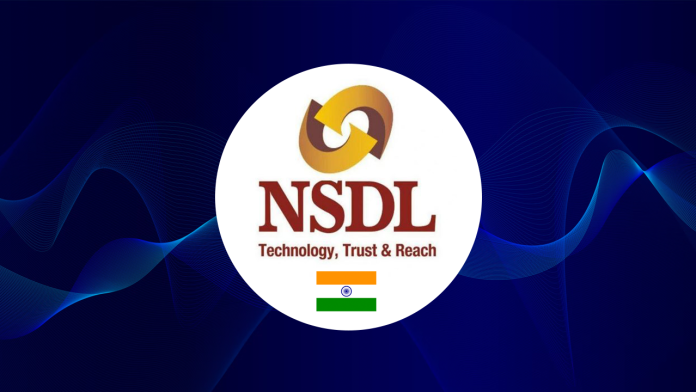tl;dr Summary: The National Securities Depository Limited (NSDL), on its 25th anniversary, unveiled the Security and Covenant Monitoring System, a blockchain system to monitor the status of bonds and other listed debt securities.
On 13th August 2021, the Securities and Exchange Board of India (SEBI) mandated the use of blockchain and Distributed Ledger Technology (DLT) to monitor bonds and other debt securities in the country.
Instead of using blockchain to digitize debt instruments, SEBI intended to use the technology to monitor the overall health of the bond by tracking the assets pledged as security for the debenture, its credit rating, and interest payments.
According to SEBI’s requirements, the goal appears to be two-fold.
- First: having a common infrastructure to provide transparency allowing all parties to see the data. For example, the Debenture Trustee must update the interest payment status within seven working days of the payment due date. Similarly, the issuer must share an audit certificate relating to the debenture’s security or asset cover every six months.
- Second: to use DLT’s immutability to make documents difficult to alter.
On 7th May, 2022 Madhabi Puri Buch, the head of India’s securities regulator SEBI, announced that the National Securities Depository Limited (NSDL) has gone live with this blockchain system.
Individuals can view all the data kept on the blockchain network because of its transparency and real-time nature, according to Buch. She goes on to say that the technology also allows for infinite division. This divisibility makes it easier to break down digital assets, cash, and other data into smaller pieces, allowing for greater financial inclusion.
The SEBI chairman, on the other hand, expressed reservations about the technology’s cost-effectiveness. While many people consider DLT to be cost-effective, she believes it is not in its current state.
“If cost-effectiveness is accomplished, it will be yet another attractive characteristic of DLT technology,” she added. On the other hand, Buch expressed concern about the technology’s anonymity which cannot be employed and utilized in financial transactions.
This is in contrast to other blockchain bond solutions which look to tokenize the bond itself. These include the European Investment Bank’s use of Ethereum, Daiwa Securities’ use of the Bitcoin network, and SBI’s use of business blockchain technologies.






